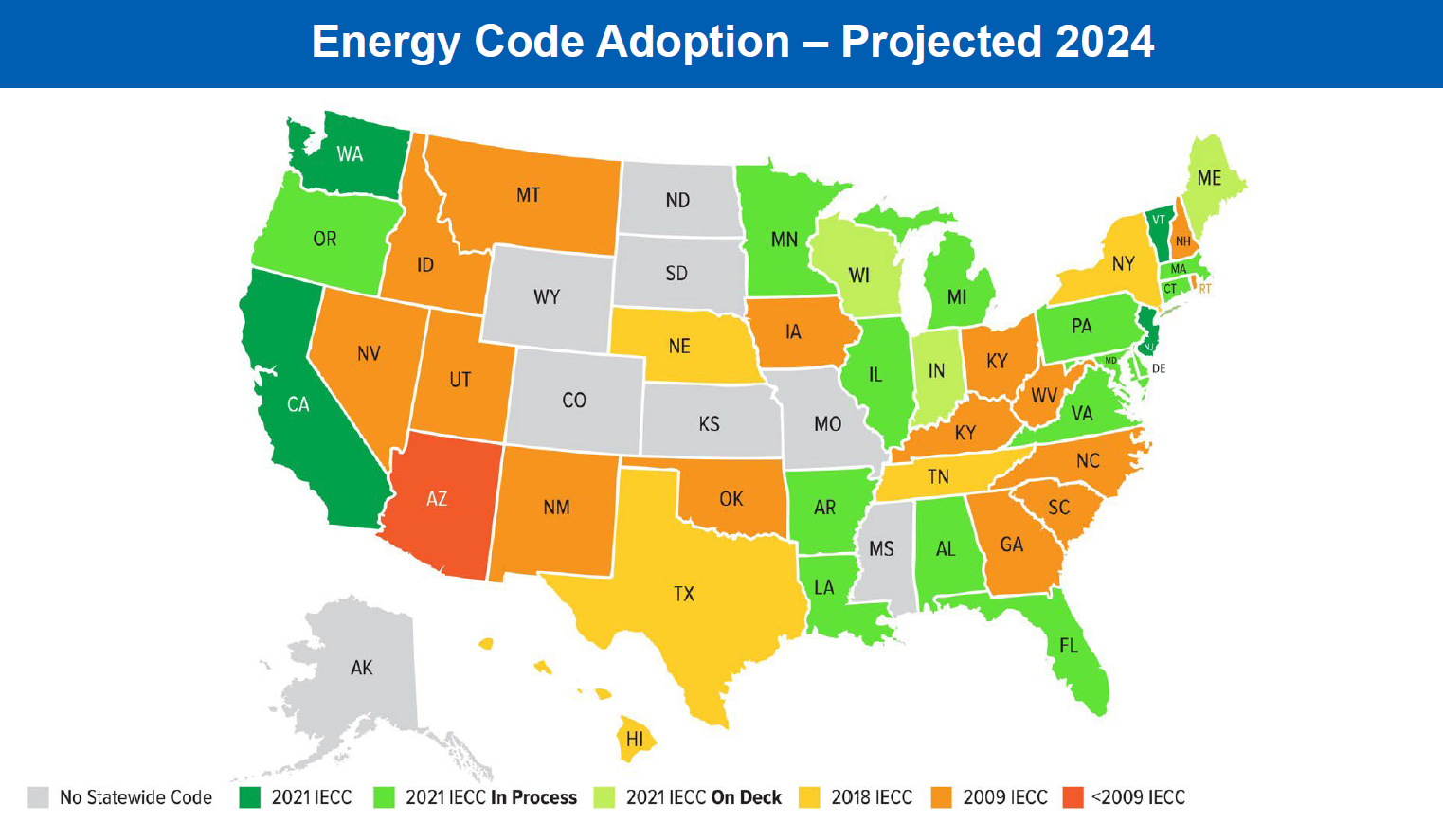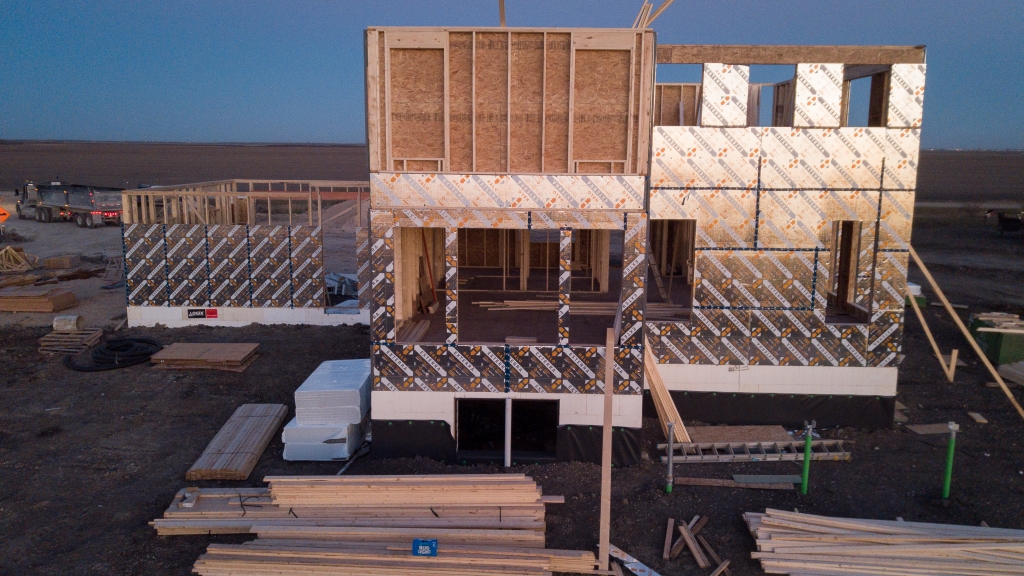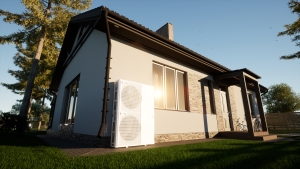More stringent energy codes are being adopted across the USA. Here is the current make up energy codes on a state-by-state basis:

And here are the energy code adoptions are expected in the near future:

And, recently passed federal incentives for energy code upgrades will only accelerate this trend.
In the post below, we will explain these new incentive programs and walk you through a case study that illustrates the potential benefit and impact of the new codes for builders and homeowners alike in a specific state in the USA.
You will also see how our high-performance engineered insulation products help builders achieve the new energy efficiency targets.
Summary of Greenhouse Gas Reduction Initiatives (And How They Impact Energy Codes)
The Infrastructure Investment and Jobs Act and the Inflation Reduction Act, both recently signed into law by the federal government, contain significant incentives for states to upgrade their energy codes. Both acts incentivize energy code upgrades, but there’s a key difference between the two.
The Infrastructure Investment and Job Act earmarked $45 million per year between 2022 and 2026 for the Resilient and Efficient Codes Implementation (RECI) program administered by the Department of Energy. The RECI program offers grants to states to update their energy codes to a more recent version — not necessarily the most recent one.
Meanwhile, the Inflation Reduction Act offers a total of $1.2 billion for states and local governments to upgrade their energy codes to the most recent version. At the time of the Act’s passing, the most recent version of the Energy Code that serves as a benchmark for the states’ upgrades is the 2021 International Energy Conservation Codes (IECC). State governments are only eligible for the grants if they bring their energy codes in line with the 2021 IECC.
Below is a summary of the potential impact of 2021 IECC were it to come into force in the state of Utah. These findings are from a study recently done by Charles Osman of Utah ICF , a full service stocking dealer for Logix Brands Engineered Insulation Products.
Energy Code Upgrades: The Utah ICF Study
Utah ICF recently conducted a study of the energy code provisions and found that bringing Utah’s energy code in line with 2021 IECC would yield tremendous benefits for homeowners and builders alike. Below is a brief summary of the key benefits identified by the study.
- Energy savings for homeowners: Updated energy codes will save homeowners $150/year on energy bills, and up to $7,435 over the course of a 30-year mortgage. Specifically, the study forecasts potential savings of 11.5-25% on gas, 4.7-10.3% on electricity, and 7.8-16.7% on utility bills.
- Lower construction costs for commercial buildings: New commercial buildings will cost $1.07/ft2 less to construct due to the reduced need for light fixtures and less expensive, lower-capacity HVAC systems.
The study notes that upfront costs to build a single-family dwelling will go up by roughly $4,000 as a result of the energy code upgrades. However, the increase will be offset by the $7,435 savings over the lifetime of a typical 30-year mortgage. Overall, the cost of owning and operating a home built to the new energy codes will be lower than that of a home built before the code changes take effect.
How Our Engineered Insulation Products Can Help Builders Capitalize on the Upcoming Code Changes
The same study by Utah ICF found that high-performance construction materials, such as the engineered insulation products from Logix Brands, can help builders reap the advantages of the inevitable code changes.
Specifically, below are the four key advantages of using Logix ICF and Halo – The Advanced Graphite Insulation System to improve a home’s energy performance:
- Logix ICFs have industry-leading R-values: Logix ICF has an R-value of R-25, which makes it the highest R-value among competitors. R-25 also means that Logix ICF will be compliant in all Utah climate zones if the state’s energy code was brought in line with 2021 IECC.
- Logix ICFs are inherently airtight: Logix ICF assemblies are completely airtight, which is a significant energy-saving feature — according to the US Department of Energy, 40% of energy loss happens through air leakage.
- Logix ICFs have a high thermal mass: The ICFs’ concrete cores have a high thermal mass, which keeps indoor air temperature stable as the outdoor temps fluctuate.
- Halo insulation products are powered by Graphite Polystyrene (GPS): GPS provides a long-term R-value of R5 per nominal inch (1.06”) and is the most sustainable foam board insulation product available. Halo offers a range of customized insulation products for interior, exterior, and under-slab applications.
Wrapping It Up
State governments across the US are being heavily incentivized to upgrade their energy codes. And while such upgrades generally upset builders due to the increasing upfront costs of construction, some industry professionals focus on the silver lining — homes that are less expensive to own and operate over their lifetime.
As we saw in the study performed by Utah ICF, embracing more robust energy requirements through the use of engineered insulation products such as Logix ICF and Halo, can bring about substantial long-term advantages for both the builder and the homeowner.




